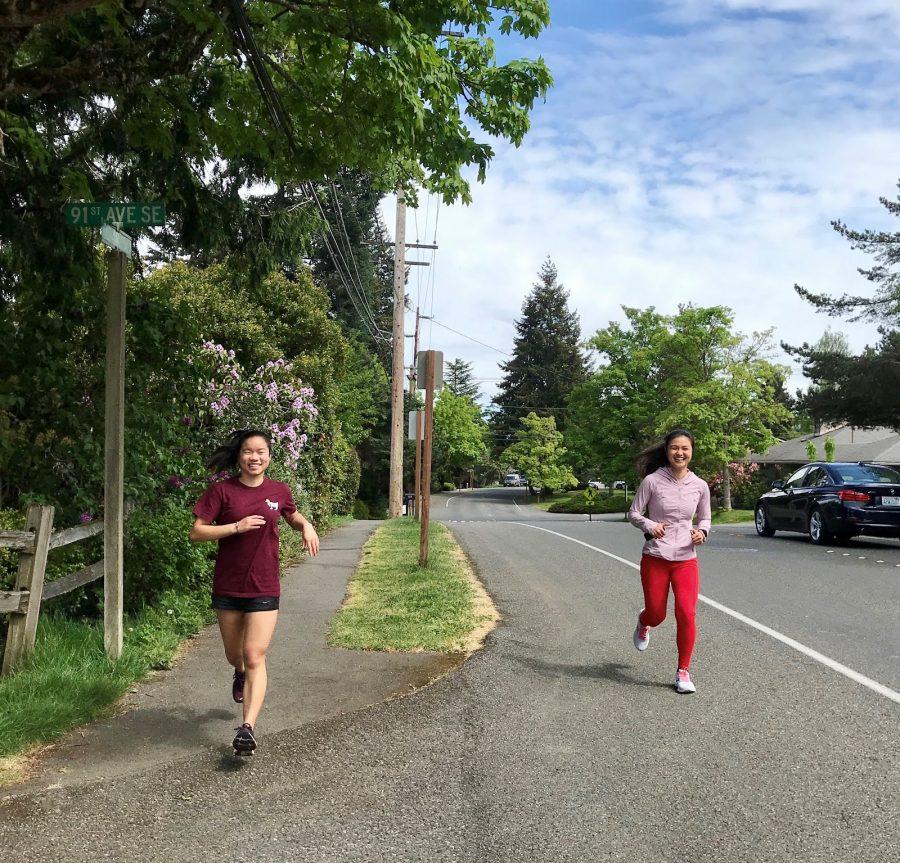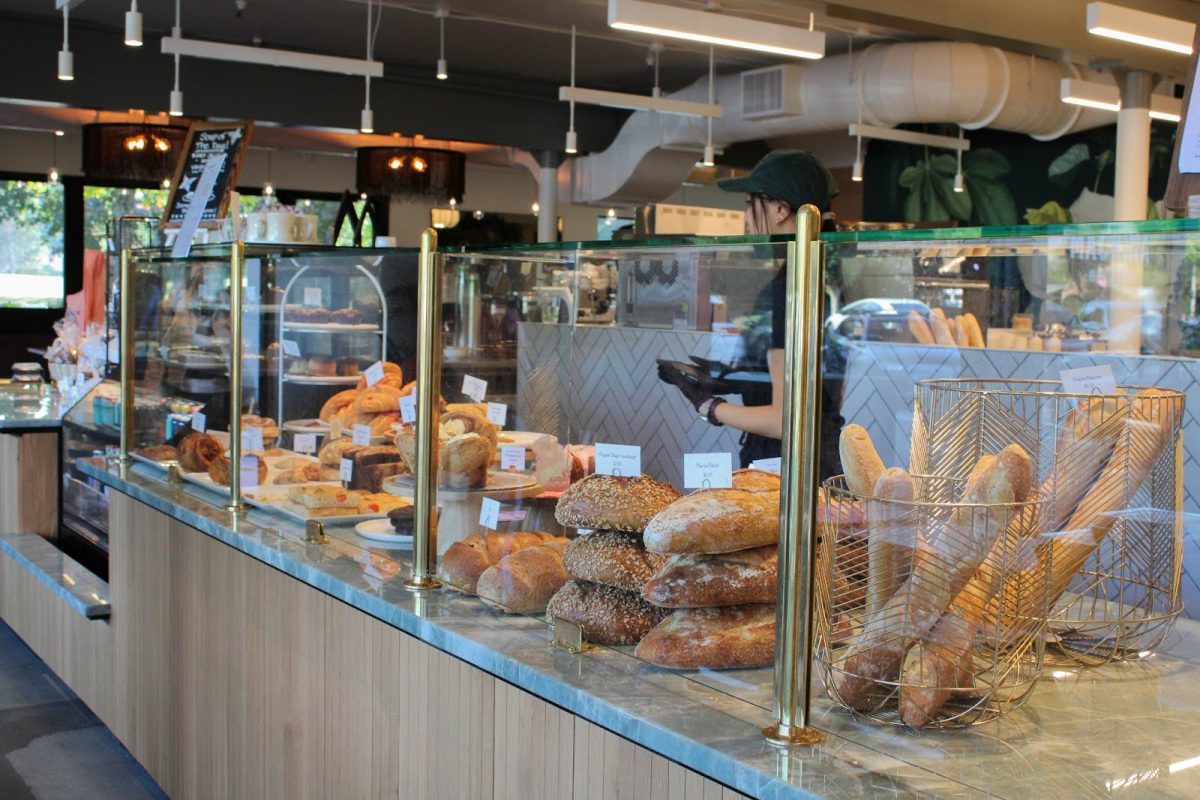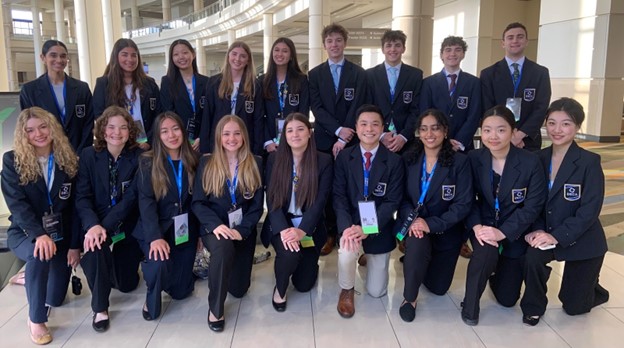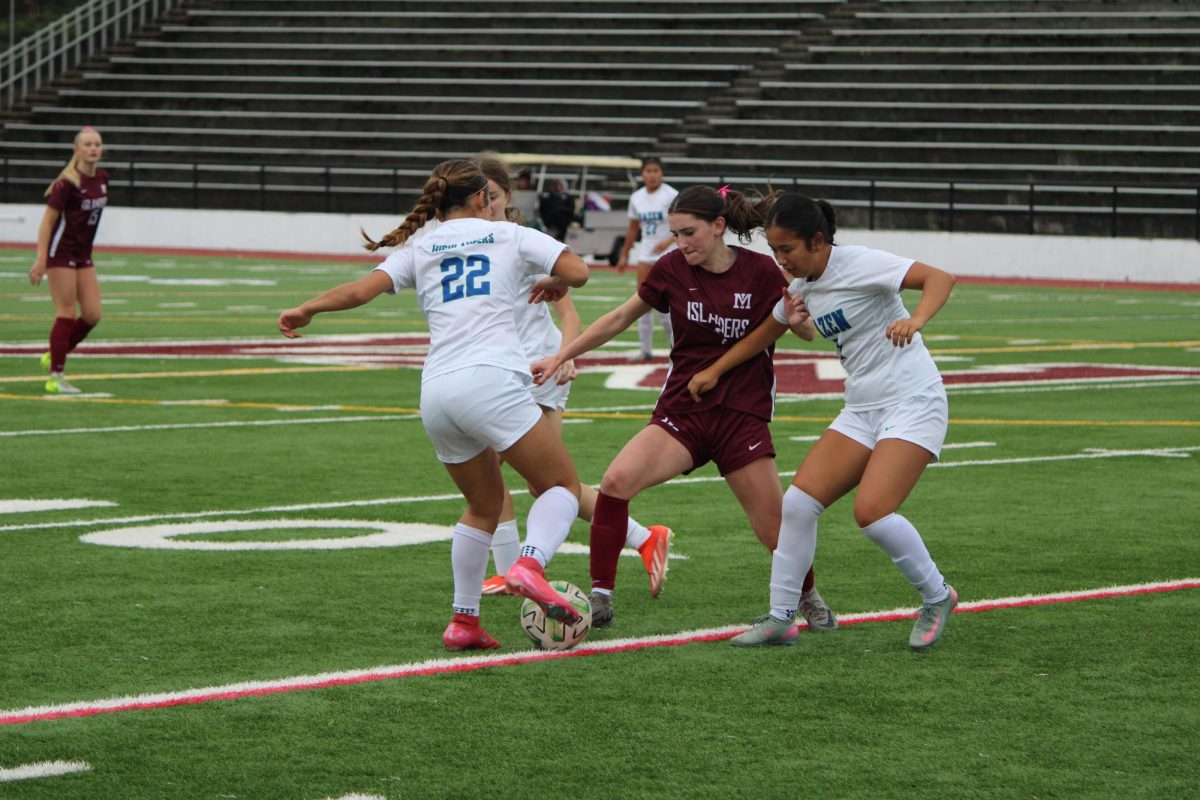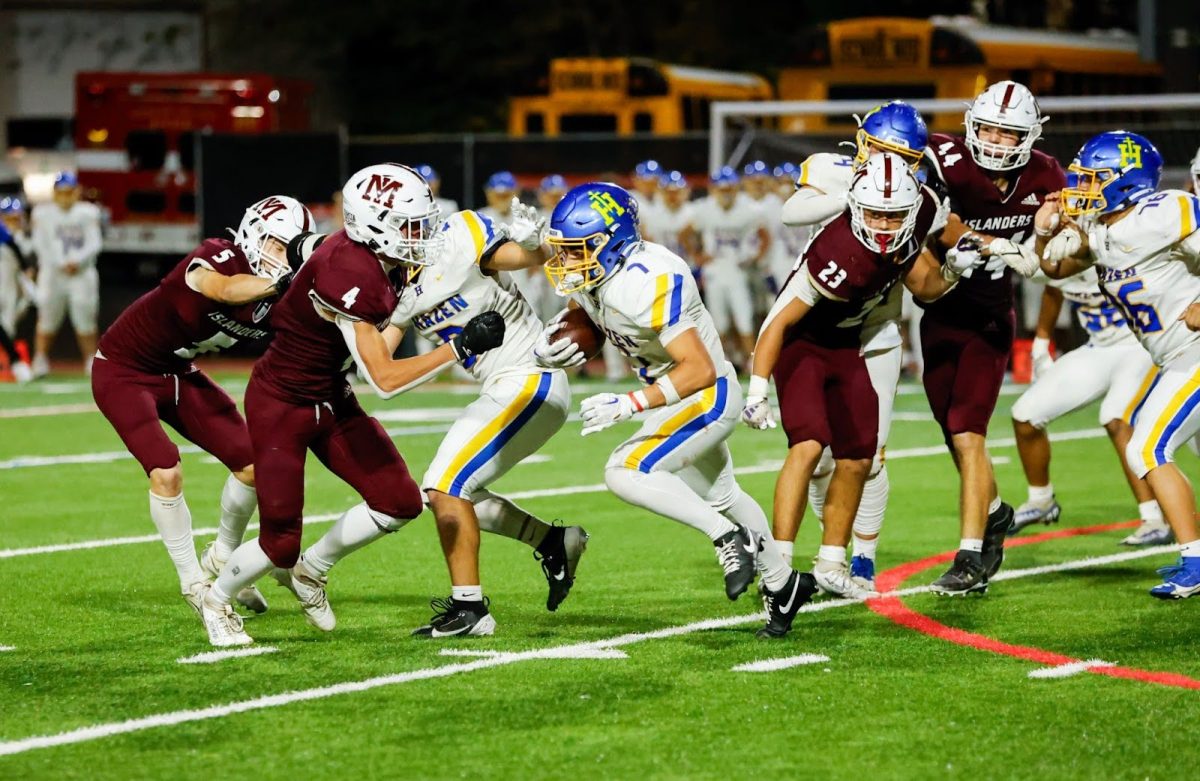With gyms closed, sports seasons canceled and group gatherings discouraged, many people have turned to a simple-yet-effective form of activity: running.
For those with minimal exercise equipment at home who still feel compelled to get a workout in, running provides the perfect alternative to almost any other type of training.
“I have seen so many more people out on the road,” Mercer Island Cross Country and Track coach Susan Empey said. “I think [the COVID-19 pandemic] has increased the appreciation of the freedom to run, and people appreciate getting out and moving now in ways they hadn’t appreciated before.”
Not only is running a straightforward, affordable sport to try out as a beginner, but runners can also gain fitness in solidarity, which is especially significant given the strict guidelines of social distancing.
“Tennis players need somebody to stand on the other side of the net, and soccer players need somebody to kick the ball to,” Empey said. “With running, you can just do it on your own, and I think there is something magical about that.”
Although running is mainly an individual sport, the inability to run with a friend during the COVID-19 outbreak has taken away some of the overall enjoyment that running usually provides.
“Running has always been a lonely sport, but now I feel like it’s much more lonely now because you don’t have the social aspect of it,” cross country runner Joyce Zhang said. “But since spring sports are canceled and group sports can’t happen right now, running is still a good way to keep in shape.”
Despite the lack of social interaction, many people have chosen to take up running to replace their previous athletic routines.
“Usually I play water polo and I swim, which is not really feasible to do since we don’t have pools anymore,” junior Lucas Peng said. “[Running] gets [me] out of the house, out of just sitting on the couch, and it makes [me] feel a lot better.”
Aside from the obvious athletic benefits, running also offers a plethora of mental advantages, including a well-needed escape from reality.
“[Running] has definitely helped clear [my] mind,” Peng said. “I think it is a good way to distract yourself from all the worries and all the stress [of COVID-19].”
While the amount of people running has definitely increased, there are also considerably fewer smiles, friendly waves and slight head-nods out on the road.
“Usually before all this happened, I would say hi to people [while running],” Zhang said. “But now if somebody is in your path, people are a lot more cautious and you have to move out of their way because they are more weary of you.”
Even though interactions between runners are not what they used to be, the COVID-19 outbreak has provided a cleaner, better environment for people to run in.
“Personally I have loved the cleaner air,” Empey said. “The skies are bluer, the air is cleaner, and I feel safer now than I have in years [since] the number of cars on the road have plummeted.”
The COVID-19 pandemic will not last forever, but, until people are allowed to resume their prior forms of exercise, going out for a run will always be a viable option.
Ultimately, the pandemic may result in a larger, faster and stronger running community.
“You don’t need to have any equipment; you don’t need a gym,” Peng said. “You just run for the sake of running, and it will always feel good.”


